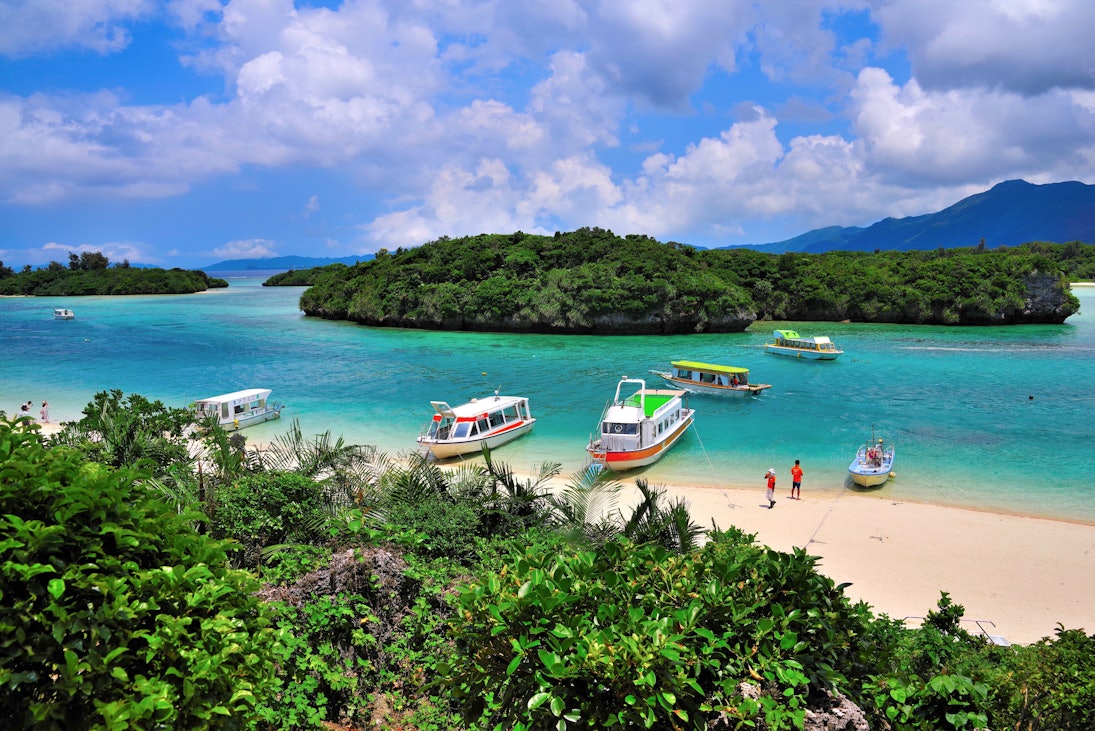
Overview
Collectively known as the Southwest Islands, the Nansei-shotō (南西諸島) comprises several chains of semitropical, coral-fringed isles far removed from the concerns of mainland life, where the slow pace and unique cultural heritage of the former Ryūkyū kingdom endures, offering a vibrant contrast to Japan's focus on modernity and technology.
Meet your new travel partner
Stay connected in Okinawa & the Southwest Islands
Unlimited data while you travel with Holafly eSIM. Use code LONELYPLANET for an exclusive discount.
Must-see attractions
Get a book. Get inspired. Get exploring.
in partnership with getyourguide
















